Borobudur Travel Guide: A Timeless Journey Through the World’s Largest Buddhist Temple
Some places are not merely visited, they are felt. Borobudur is one of them. Rising from the fertile plains of Central Java, Indonesia, this ancient Buddhist temple welcomes you not with grandeur, but with silence. It is a place of pilgrimage, a stone mandala you walk with your body and soul. This Borobudur travel guide is crafted for seekers of history, beauty, and peace.
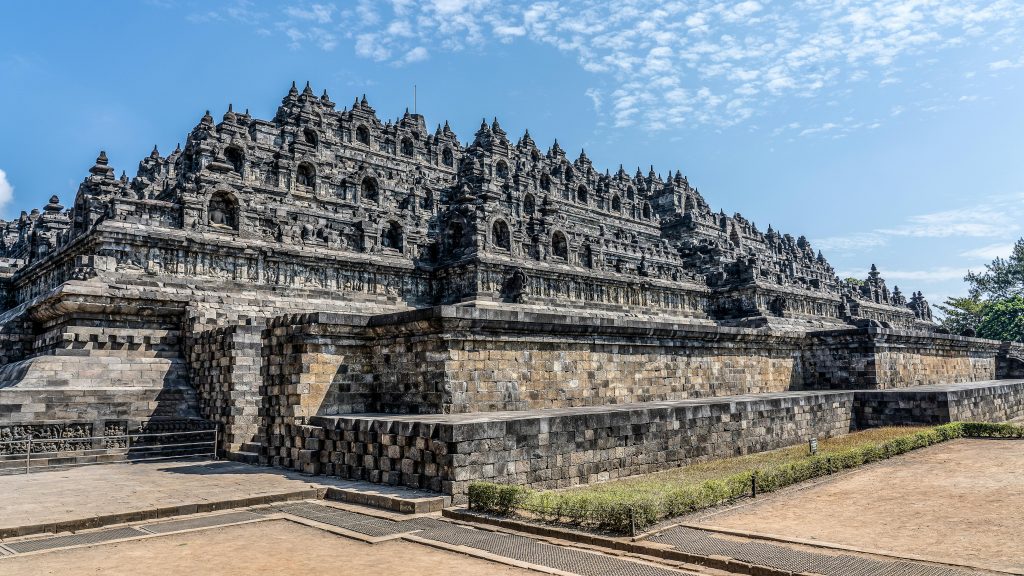
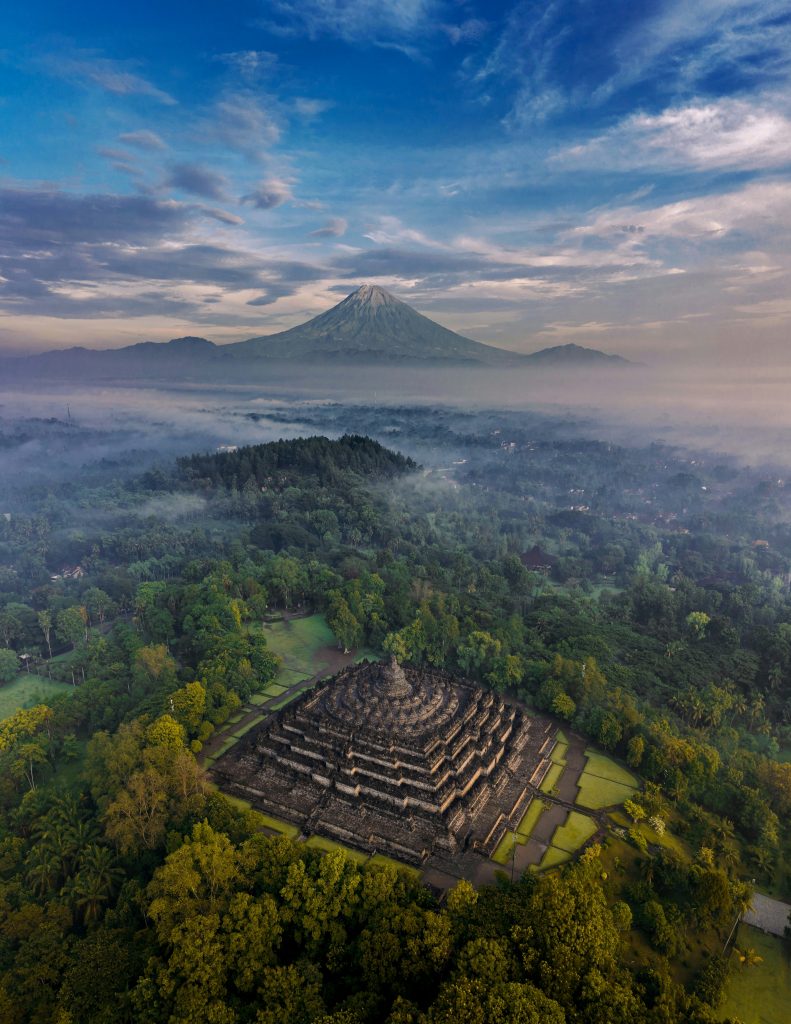
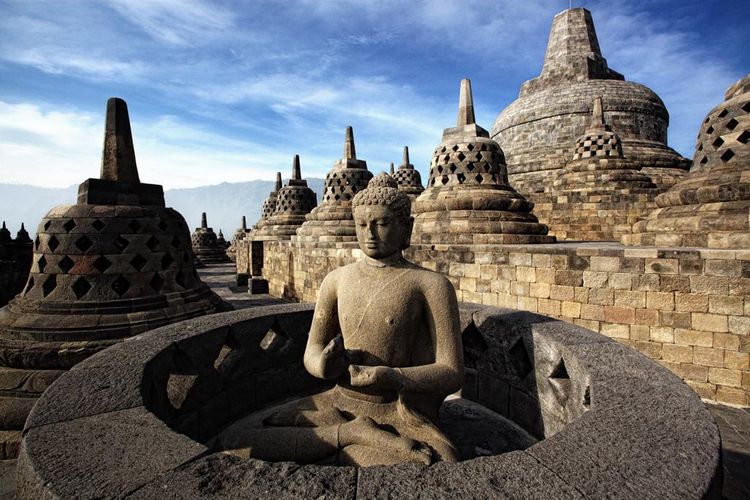
Travel Info
- What is Borobudur Temple?
Borobudur is the world’s largest Buddhist temple, known for its massive structure, intricate carvings, and peaceful atmosphere. Built in the shape of a giant mandala, it represents the path to enlightenment in Mahayana Buddhism. It is a UNESCO World Heritage Site and a major spiritual and cultural destination in Indonesia. - Who built it and whom does it honor?
Borobudur was constructed in the 8th–9th century by the Sailendra Dynasty during the peak of Buddhist influence in Central Java. The temple honors Lord Buddha and illustrates his teachings through over 2,600 relief panels and 500 Buddha statues spread across nine stacked platforms. - When is the best time to visit?
The best time to visit Borobudur is during the dry season from April to October. Arriving early in the morning (sunrise tours start around 4:30 AM) offers a breathtaking view of the temple bathed in golden light and surrounded by misty hills. Regular visiting hours are from 08.30 AM to 03.30 PM. - Where is it located?
Borobudur is located in Magelang Regency, Central Java, about 40 kilometers northwest of Yogyakarta. The area is surrounded by lush rice fields and volcanoes, offering scenic views and a tranquil atmosphere. - Why should you visit?
You should visit Borobudur for its monumental scale, sacred atmosphere, and detailed reliefs that narrate Buddhist cosmology and moral teachings. The temple also offers panoramic views of the surrounding landscape and is close to other attractions like Mendut and Pawon temples, perfect for a day of exploration.
- How do you get there?
You can reach Borobudur by:- 🚗 Car or motorbike (1.5 to 2 hours from Yogyakarta city center)
- 🚐 Tour shuttle or private hire with guide options
- 🚌 Bus from Jombor Terminal in Yogyakarta to Borobudur Bus Terminal
Entrance fees: - Indonesian citizens: Rp 50,000
- Foreign visitors: Rp 375,000
- Combo tickets with Prambanan Temple are available at a discounted rate.
Temple Climbing Ticket:
To help preserve the structure, only about 1,000 people per day are allowed to climb the upper levels. You’ll need a special ticket for this, available online and recommended to be booked in advance. - Booking: Tickets can be reserved at borobudurpark.com or through authorized travel partners.
- Dress Code: Visitors are expected to dress modestly. Special sandals called Upanad (or shoe covers) are provided to protect the monument and show respect to its sacredness.
Location
.: The Story :.
A Monument Shaped by Time and Mystery
Borobudur Temple, the largest Buddhist monument in the world, was built in the 8th or 9th century during the Sailendra dynasty, and today is a UNESCO World Heritage Site. We don’t know exactly why it was built or even what it was originally called. Historians suggest it may have been a spiritual center for Mahayana Buddhism, meant to guide pilgrims along the path of enlightenment.
The name ‘Borobudur’ likely came later, first documented by Sir Thomas Stamford Raffles in 1814 when the temple was “rediscovered” under centuries of volcanic ash and jungle. Theories point to a combination of the words boro (village or monastery) and budur (possibly from bhudhara, meaning mountain).
But names don’t always explain. What speaks louder is the feeling of walking the temple itself.
Constructed without mortar, using over two million volcanic stone blocks, Borobudur is held together by nothing but balance and brilliance. The entire structure is a three-dimensional mandala—each terrace guiding you inward and upward.
After long abandonment—perhaps due to volcanic eruptions or the decline of Buddhism—the temple was reclaimed from nature and slowly restored in the 20th century. Today, Borobudur stands not only as a monument of stone, but as a living symbol of spiritual journey, resilience, and reverence.
The Sacred Path
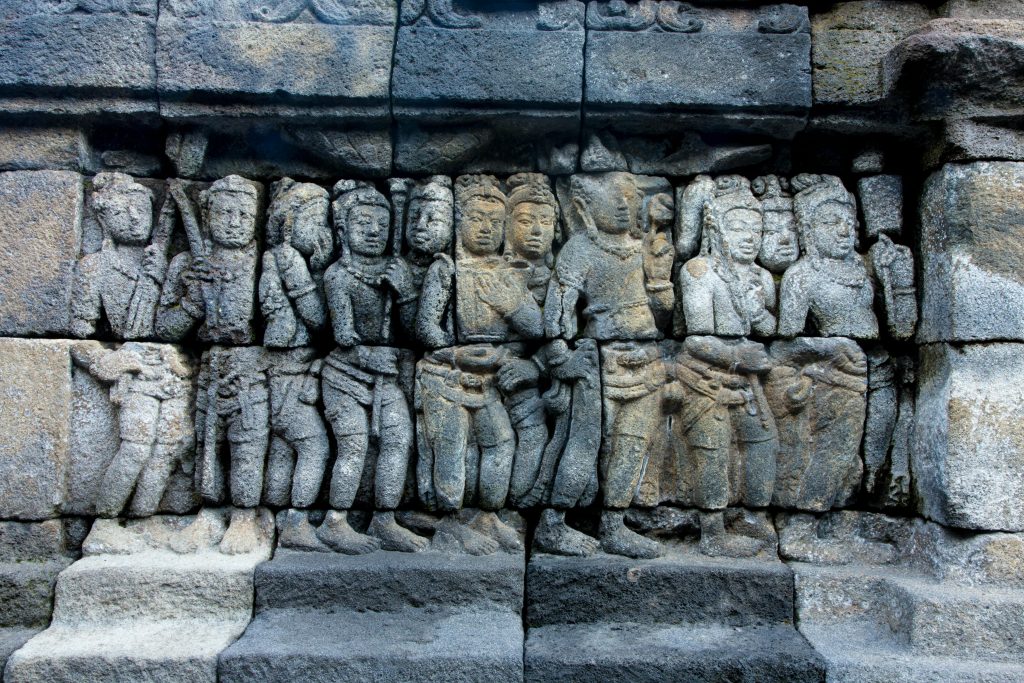
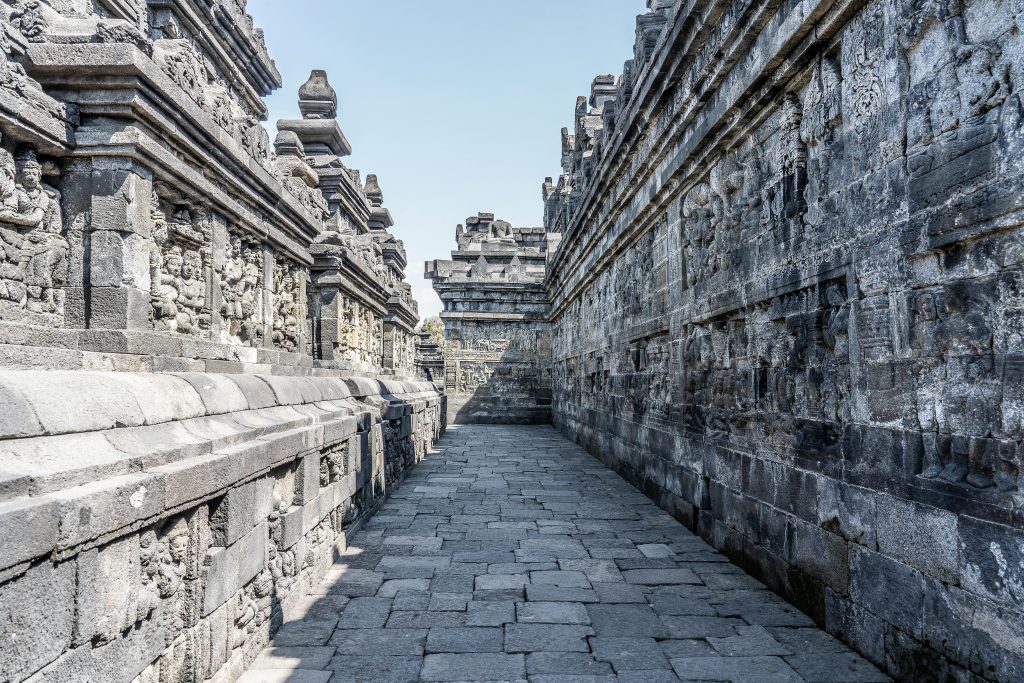
What makes Borobudur truly extraordinary is its breathtaking collection of 2,672 bas-reliefs, adorning its terraces like the pages of an ancient stone manuscript. These aren’t mere decorations, they are living stories, vivid with the teachings of Buddhism. Many depict scenes from the Jataka and Avadana tales, which recount the Buddha’s past lives and moral parables, offering timeless lessons of compassion, patience, and rebirth.
As you ascend the monument, you’re not just climbing stairs, but you’re ascending through realms of consciousness:
- The base level, Kamadhatu, represents the world of desire. Its hidden reliefs (now enclosed by stone) portray scenes of earthly life, karma, and the consequences of human action. While they can no longer be seen on-site, many have been photographed and are displayed in the Borobudur Museum nearby.
- The middle terraces, Rupadhatu, represent the world of forms. Here, open-air galleries are adorned with exquisite carvings—celestial beings, sacred symbols, kings, villagers, animals—each telling a story of spiritual struggle and awakening.
- The top level, Arupadhatu, is the world beyond form. Quiet and open to the sky, it holds 72 perforated stupas surrounding a great central dome. Inside each stupa, a serene Buddha faces outward—each one a silent guardian of inner peace. And the center? Empty. A void that speaks of presence, not absence.
The traditional way to explore Borobudur is by circumambulating each level clockwise, beginning at the eastern staircase—a ritual known as pradaksina. With your right side always turned toward the sacred core, you slowly spiral higher, physically and spiritually. This ancient act is more than a pattern of movement—it is a meditative journey, echoing the Buddhist path to enlightenment. Each step becomes part of a pilgrimage: an offering of mindfulness, a turning of the wheel of dharma under your very feet.
The experience is deeply personal. Imagine tracing your fingers over centuries-old carvings, feeling the smooth curve of a lotus, the story of a king’s kindness, or the fierce gaze of a celestial guardian. This is art that transcends the visual—where natural realism meets divine geometry, forming a stone-bound universe meant to be wandered, sensed, and spiritually embraced.
The Sunrise Experience
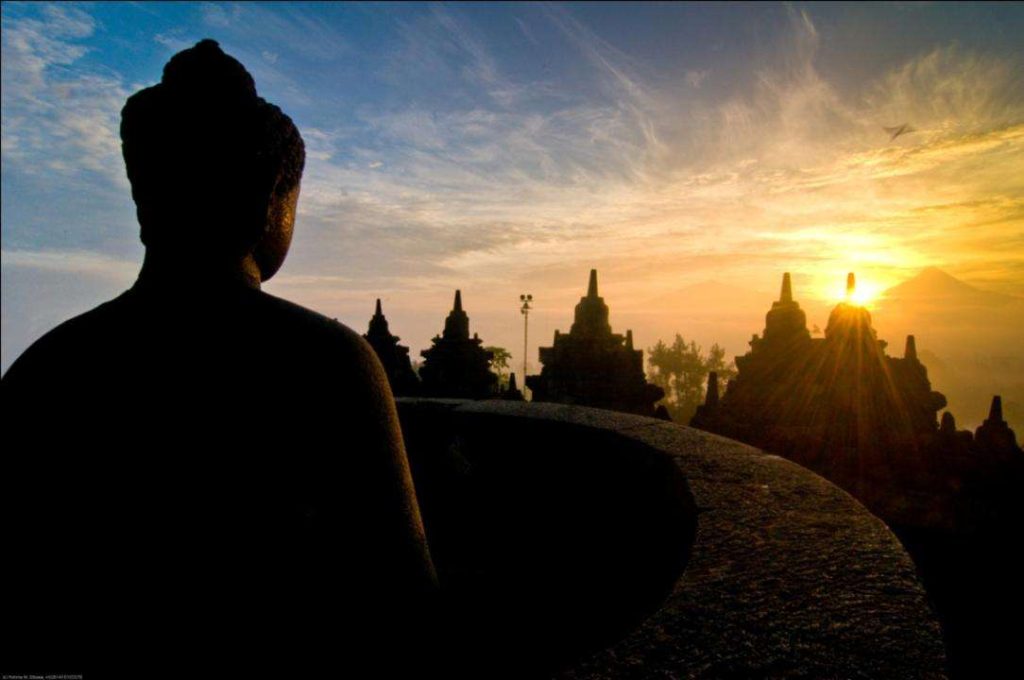
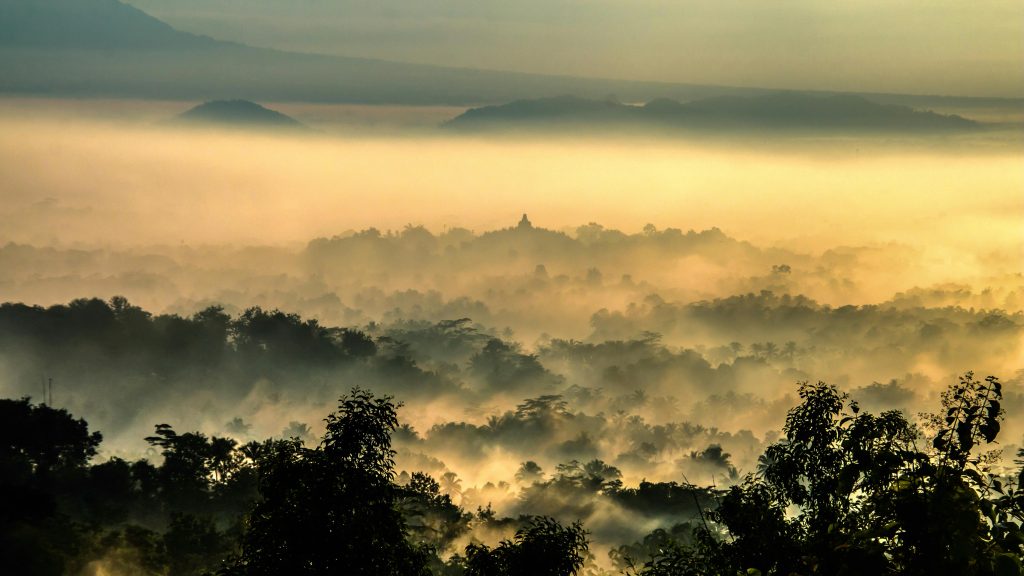
One of the most ethereal ways to experience Borobudur is at sunrise. Tours from Yogyakarta often begin around 3:30 a.m., whisking travelers through sleeping villages to reach the temple before first light.
The sky lightens slowly. A mist rolls over the paddy fields, softening the silhouettes of Mount Merapi and Mount Merbabu. As the sun crests, its light catches the stone stupas, casting long shadows across ancient geometry. The hush is holy.
You can book the Borobudur sunrise tour through Manohara Resort, the only access point for this early visit. It’s well worth the effort.
Vesak Day: When the Temple Breathes Again
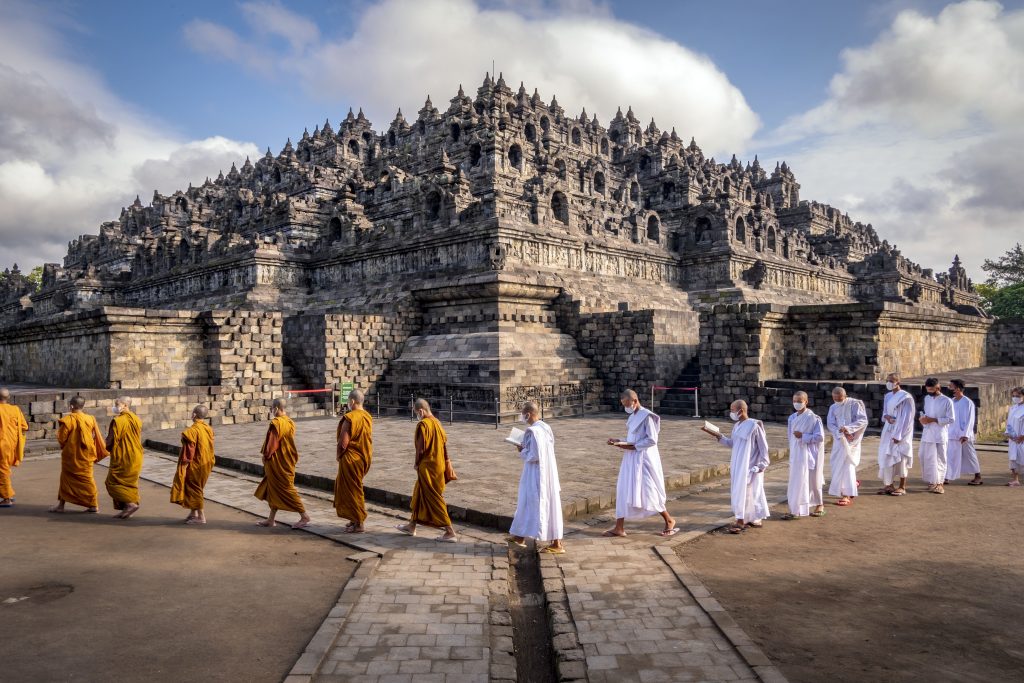
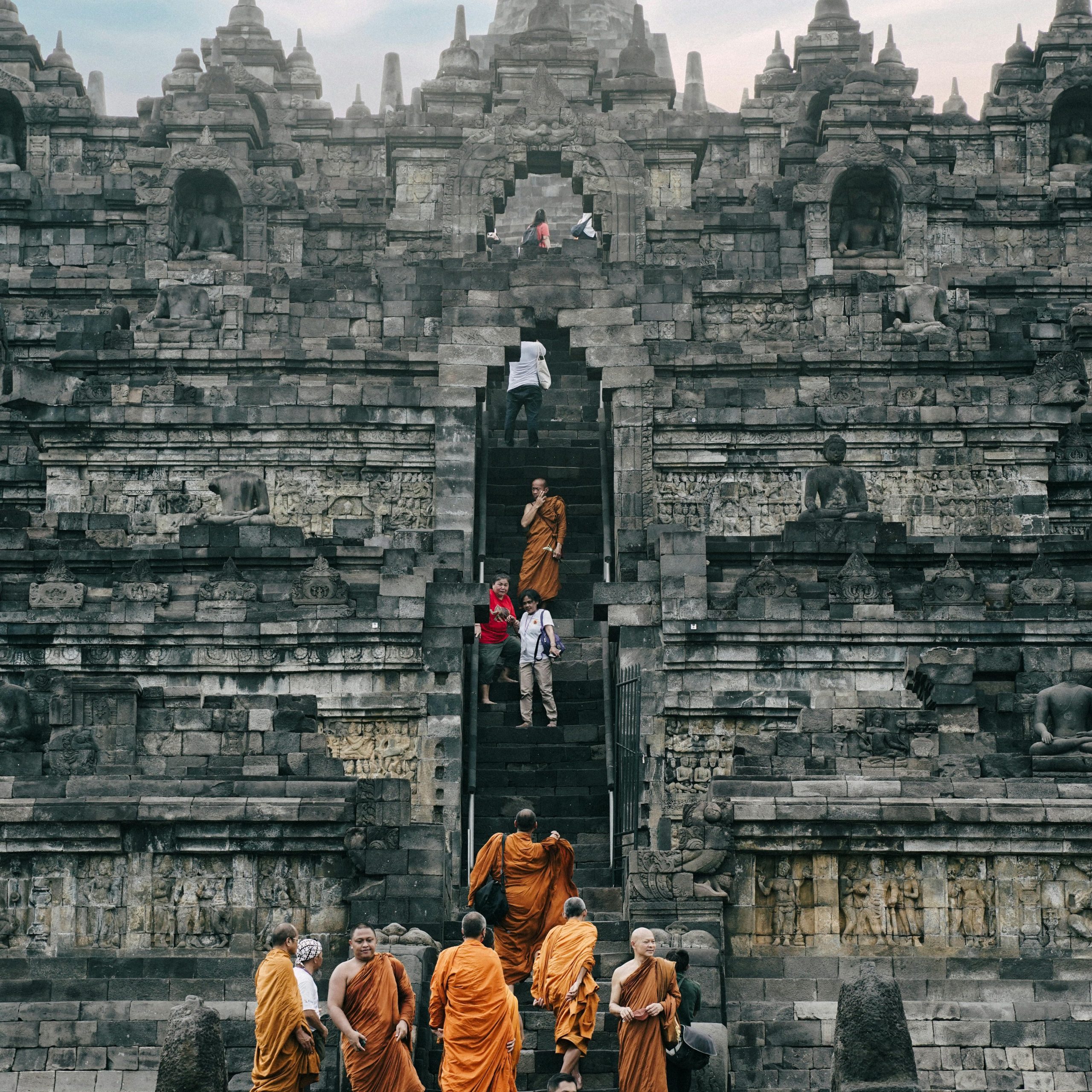
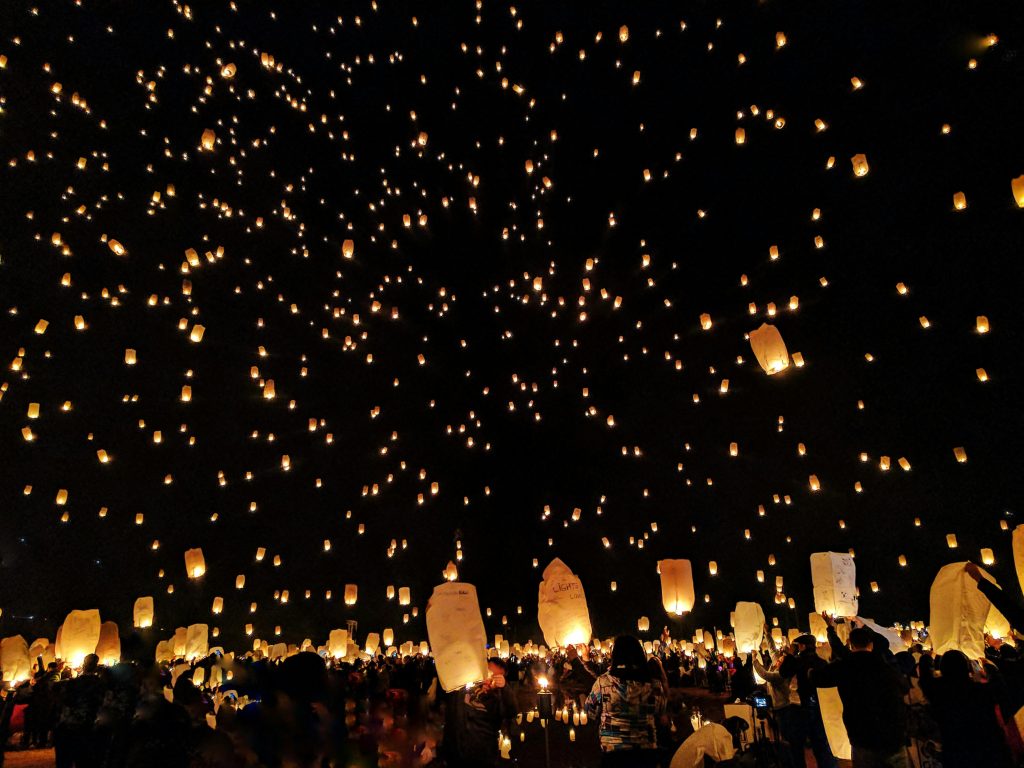
Borobudur comes alive each year during Vesak Day (Hari Waisak), which celebrates the Buddha’s birth, enlightenment, and death. Pilgrims gather from across Southeast Asia. Lanterns float into the night. Prayers hum in the air. The temple pulses with spirit, no longer stone, but breath.
Joining Vesak is not just about witnessing a ceremony, it’s about being part of a living tradition. A reminder that Borobudur is not a relic. It is still alive.
Sign up for our newsletter to get early updates on Vesak Day at Borobudur Temple, so you can plan your journey with insight and ease.
Nearby Wonders: Village Life, Temples, and Crafts
Borobudur isn’t just a temple. It’s a gateway into the heart of Javanese culture. Please read here, where I explore the surroundings of Borobudur and uncover hidden gems of art, natural wonders, and mindful experiences.
- Punthuk Setumbu Hill: A peaceful hilltop offering misty sunrise views of Borobudur and distant volcanoes.
- Gereja Ayam (Chicken Church): A bird-shaped prayer house near Borobudur with panoramic forest views.
- Mendut Temple: home to a serene, smiling Buddha seated in the dharmachakra mudra. A few kilometers further is Pawon Temple, small and mysterious, perhaps once a part of a ritual procession between the three.
- Want to slow down? Head to Candirejo Village, where life flows at a gentler pace. Take a horse cart ride past bamboo groves, learn to play the gamelan, or join a batik workshop. Here, travelers become guests, and time loosens its grip.
Tastes of Java: Local Food Experiences
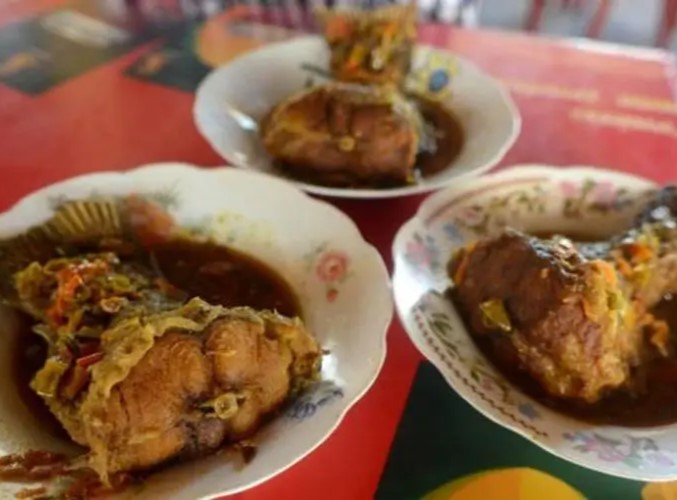
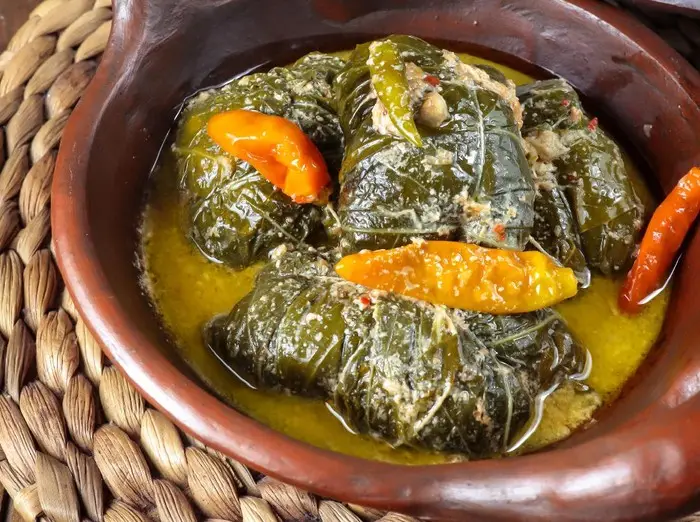

After your visit to Borobudur, let Magelang feed you in its own quiet way. Try Mangut Beong, a spicy, smoky catfish stew unique to the Progo River. Or Sego Buntil, grated coconut and anchovies wrapped in cassava leaves and simmered in rich coconut milk.
For something lighter, Sop Senerek, a local vegetable and red bean soup, offers warmth and comfort in every spoonful.
These dishes aren’t just food—they’re part of the journey. Simple, soulful, and deeply Javanese.
Extend Your Journey: Yogyakarta Highlights
Enhance your visit by exploring nearby Yogyakarta, a city brimming with art, tradition, and hospitality. Known for its batik markets, royal palaces, and street food, Yogyakarta is the perfect base for cultural travel in Indonesia.
- Prambanan Temple: A grand Hindu complex not far from Borobudur.
- Mount Merapi: For adventurous travelers drawn to volcano hikes.
- Malioboro Street: A vibrant spot for souvenirs, snacks, and street scenes.
Where to Stay?
Borobudur’s spiritual allure extends beyond its ancient stones to the tranquil surroundings that embrace it. Let your stay reflect that same sense of peace and purpose. Discover eco-friendly accommodations near Borobudur that combine cultural charm with sustainable living. Read our recommendations here.
A Note From the Road ✍️
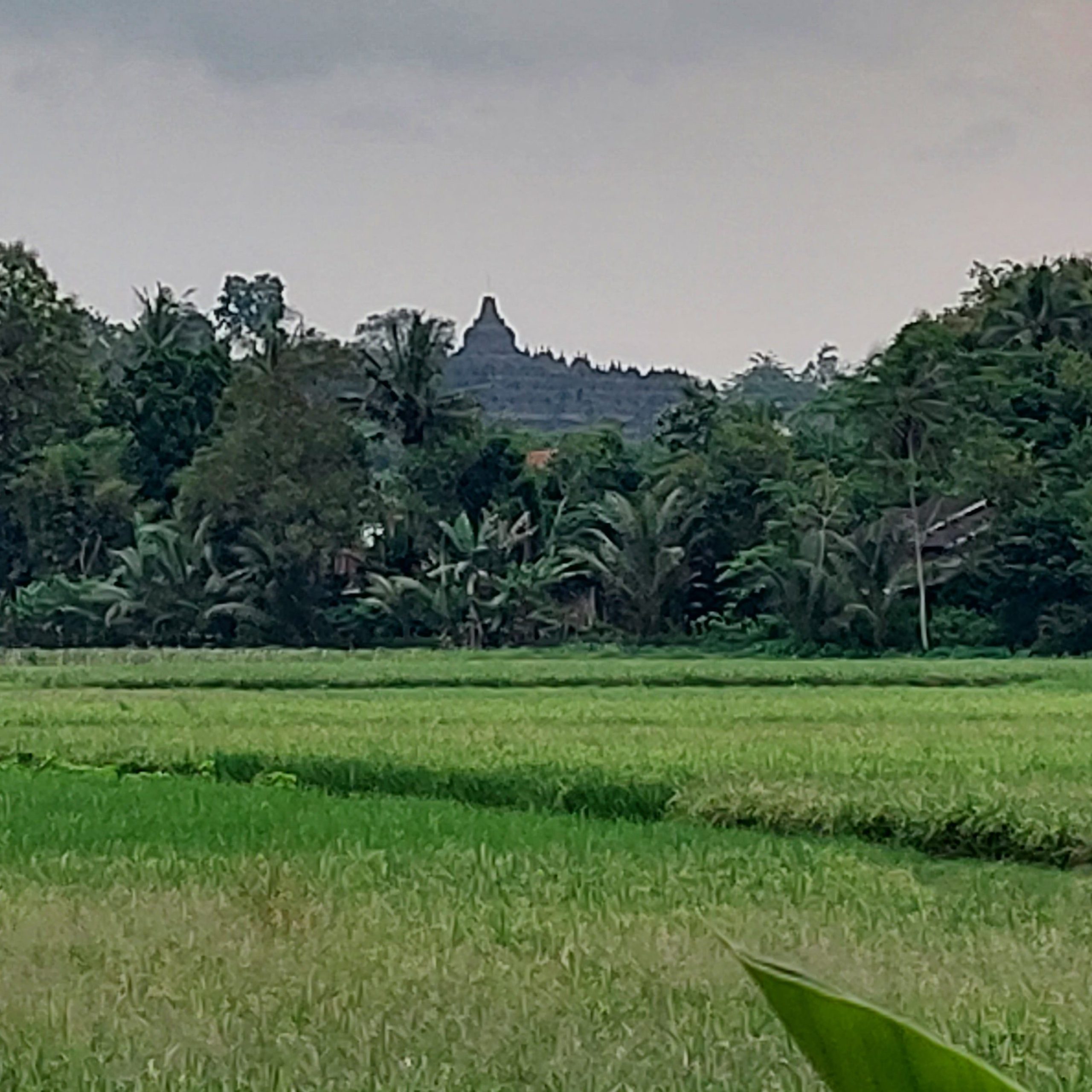
Morning light often reveals Borobudur in a veil of haze, with rice fields shimmering and farmers cycling past in quiet rhythm. From a distance, the great temple rises gently from the earth—not as a monument to be conquered, but as a presence to be carried.
Even when viewed from afar, it invites reflection—a space for quieter questions, for unhurried moments, for sensing something older than time moving through the air.
As a Javanese proverb says:
“Urip iku mung mampir ngombe”
—“Life is just a stop for a drink.”
In places like Borobudur, that brief stop becomes deeply meaningful.
If you go, go gently. And listen. The stones still speak.

Pingback: MyBlog